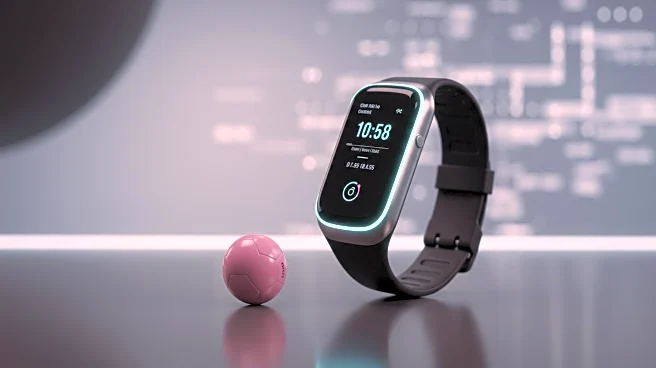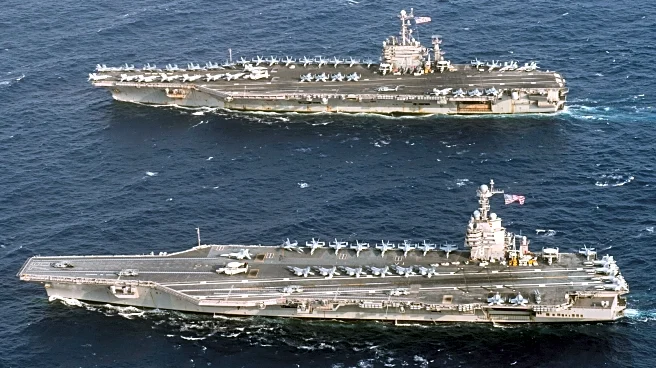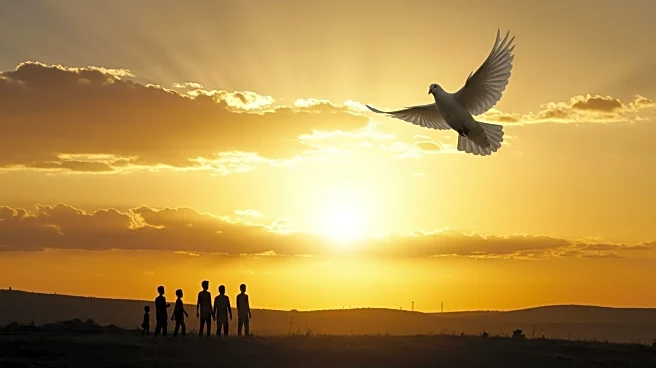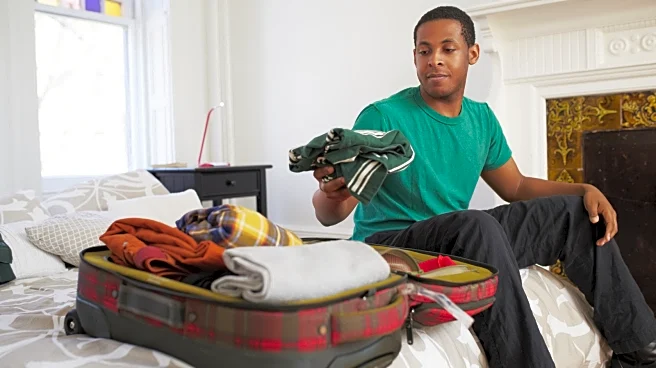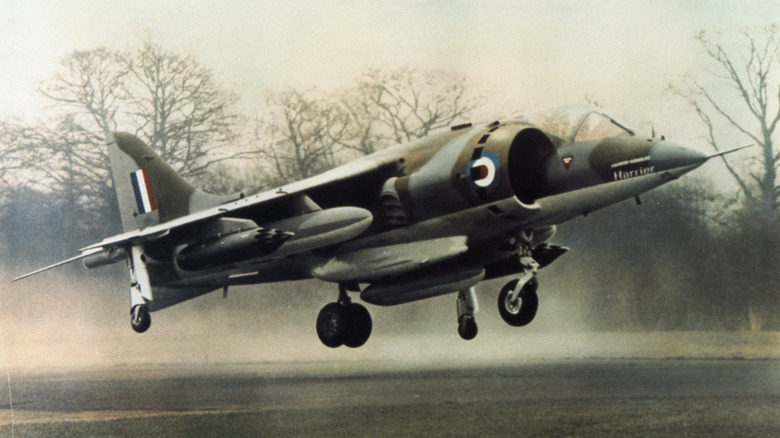
The Harrier is one of the most unique fighter jets in history due to its remarkable ability to take off and land with little need for a runway. Named after the bird of prey of the same name, the first-ever Harrier was designed by Hawker Siddeley Aviation in the U.K.
The design goes back to the P.1127 prototype in the late 1950s and was originally used in the Royal Air Force (RAF), then later adapted as the AV‑8A for the United States Marine Corps (USMC).Due to its vertical takeoff and landing ability,
hover and control challenges, lack of training, and low-speed flying, the Harrier quickly became a problem child for military pilots, with a loss rate of one-third of its fleet. In the early days, around 143 jets and 45 pilots were lost between 1971 and 2002, resulting in the highest accident rate of any military aircraft in modern U.S. history.
Read more: 11 Of The Most Iconic Ground Attack Military Planes In History
Why The AV‑8 Was So Difficult To Fly
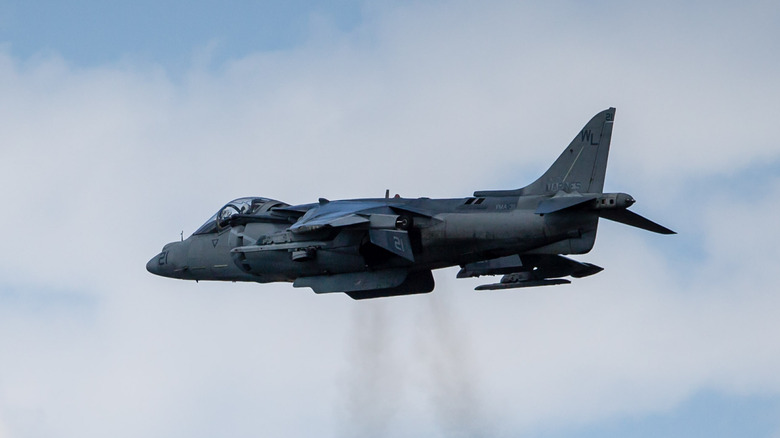
There were four variants of the Harrier jet: the Hawker Siddeley Harrier (AV‑8A), British Aerospace Sea Harrier, McDonnell Douglas AV-8B Harrier II, and the British Aerospace Harrier II. The first generation AV‑8A is remembered as the worst among them to fly. After the first AV‑8A was entered into service, there were serious training hurdles on learning how to operate an aircraft featuring such new technology. The learning curve was immense because V/STOL flight was new and difficult to learn, especially in hover, which drastically increased the potential for accidents.
Slow-speed flying and hovering controls were challenging for pilots operating it for the first time, because hovering was completely manual. Pilots were thrown in the fire, tasked with manipulating the mechanical thrust nozzle and the reaction-control jets located in the nose, tail, and wing tips of the plane, without any flight-stabilization assistance. It has a very narrow control margin, sparking Colonel Bill Lawrence to say it's like "balancing the aircraft on the point of a pencil."
The Safety And Legacy Of The AV-8 Harrier
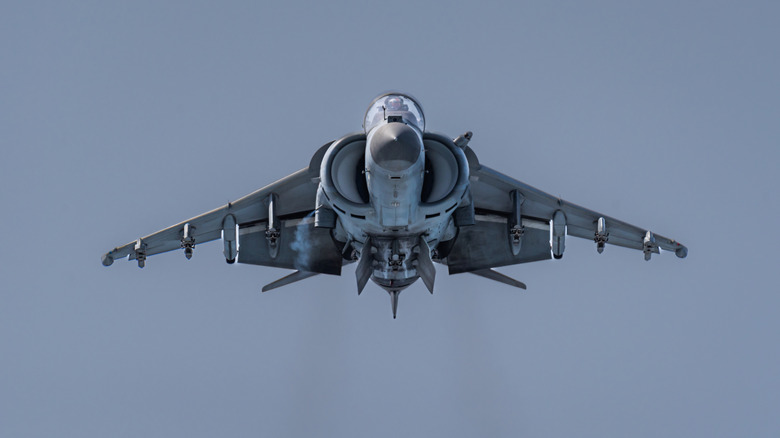
In the mid-1980s, the U.S. and U.K. introduced the AV‑8B Harrier II and British Aerospace Harrier II (GR‑series), adding composite supercritical wings, an elevated cockpit, stability augmentation systems, and HOTAS-style digital controls. This all significantly reduced the amount of unaided precision a pilot had to deal with compared to the AV‑8A version. Vertical takeoff and landing (V/STOL) aircraft are highly complex, so despite the upgrades added to the Harrier II variants, accidents, although reduced, still remained roughly three times higher than the USMC's F/A-18 fleet by 2003.
Between 1971 and 2002, the AV‑8A had a Class A accidental rate of 31.77 per 100,000 flight hours; over half the first-generation fleet was lost to non-combat accidents, prompting one squadron to dub it the "Widow-Maker." The AV‑8B Harrier II later reduced its accident rate to 11.44 per 100,000 hours, but this still exceeded rates for fighter jets like the F/A-18 and F-16 multiple times over.
Want the latest in tech and auto trends? Subscribe to our free newsletter for the latest headlines, expert guides, and how-to tips, one email at a time.
Read the original article on SlashGear.





